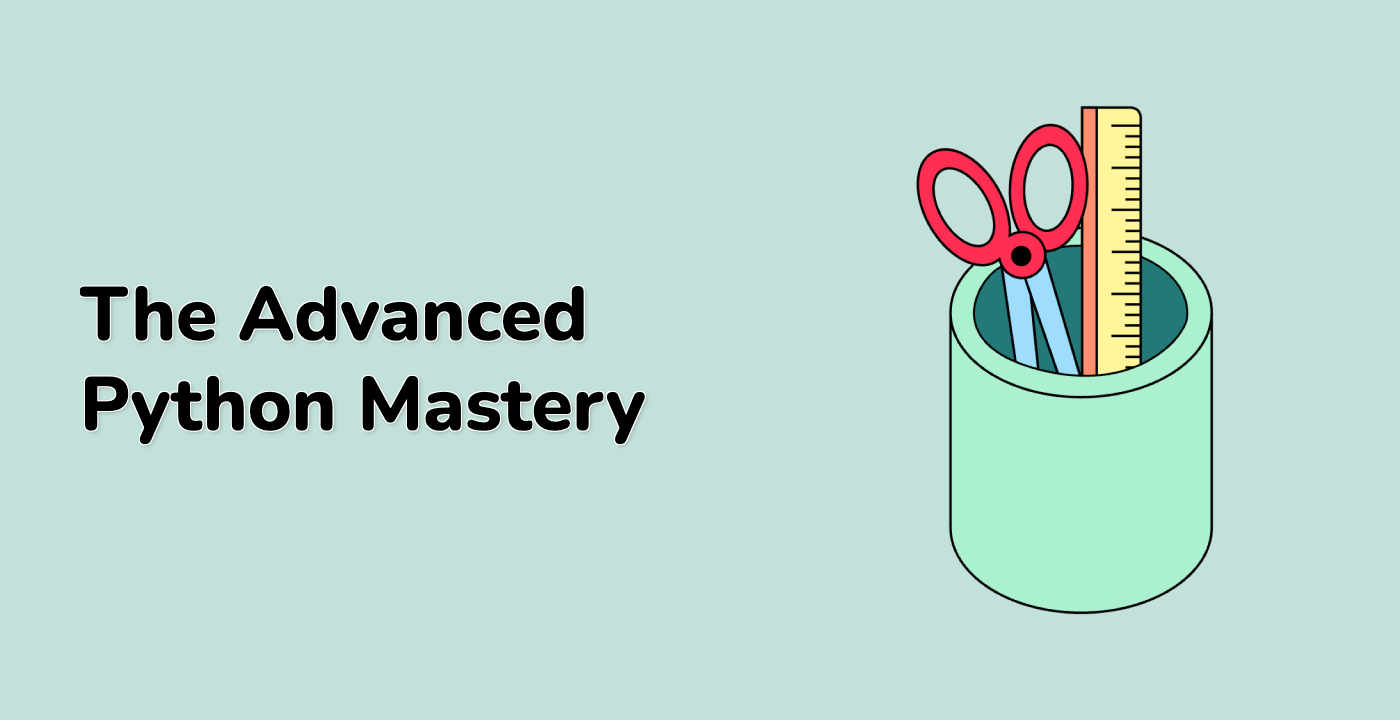Modules and Package Management
Understanding Python Modules and Packages
Module vs Package
graph TD
A[Python Module] --> B[Single .py File]
C[Python Package] --> D[Directory with __init__.py]
D --> E[Multiple Modules]
Package Hierarchy
| Level |
Description |
Example |
| Module |
Single Python file |
utils.py |
| Package |
Directory with modules |
myproject/ |
| Subpackage |
Nested package |
myproject/core/ |
Creating a Comprehensive Package Structure
## Create package directory
mkdir -p myproject/
cd myproject
## Create package structure
mkdir -p mypackage/core
mkdir -p mypackage/utils
touch mypackage/__init__.py
touch mypackage/core/__init__.py
touch mypackage/utils/__init__.py
Advanced init.py Techniques
Relative Imports
## mypackage/__init__.py
from .core import main_functionality
from .utils import helper_tools
## Explicit import control
__all__ = ['main_functionality', 'helper_tools']
Dynamic Module Loading
## Dynamic module discovery
import os
import importlib
def load_modules(package_path):
modules = {}
for filename in os.listdir(package_path):
if filename.endswith('.py') and not filename.startswith('__'):
module_name = filename[:-3]
modules[module_name] = importlib.import_module(f'.{module_name}', package=__name__)
return modules
Dependency Management
Requirements Management
## Create requirements file
touch requirements.txt
## Add package dependencies
echo "numpy>=1.20.0" >> requirements.txt
echo "pandas==1.3.3" >> requirements.txt
## Install dependencies
pip install -r requirements.txt
Package Distribution
Setup Configuration
## setup.py
from setuptools import setup, find_packages
setup(
name='mypackage',
version='0.1.0',
packages=find_packages(),
install_requires=[
'numpy>=1.20.0',
'pandas==1.3.3'
]
)
Namespace Packages
## Support for distributed packages
from pkgutil import extend_path
__path__ = extend_path(__path__, __name__)
Best Practices
| Practice |
Description |
| Consistent Naming |
Use lowercase, underscores |
| Minimal init.py |
Keep initialization light |
| Clear Imports |
Use explicit imports |
| Version Tracking |
Maintain version information |
LabEx Insight
LabEx recommends practicing package structures through hands-on coding environments, helping developers master module and package management techniques.
Error Handling in Imports
## Robust import strategy
try:
from .optional_module import OptionalClass
except ImportError:
OptionalClass = None
- Use lazy loading
- Minimize top-level imports
- Implement conditional imports
- Leverage
__all__ for controlled exports




